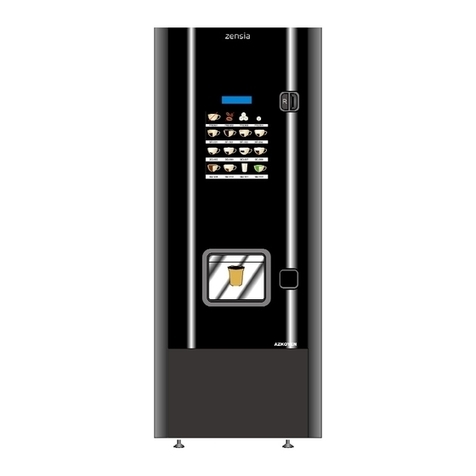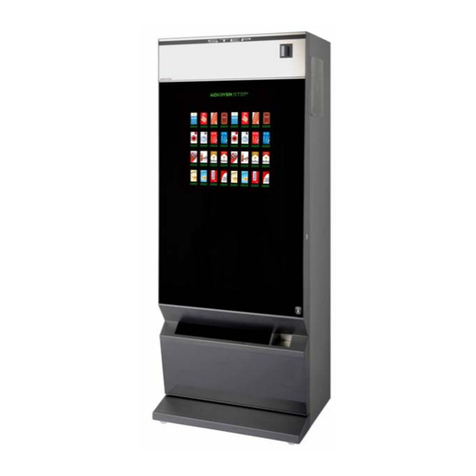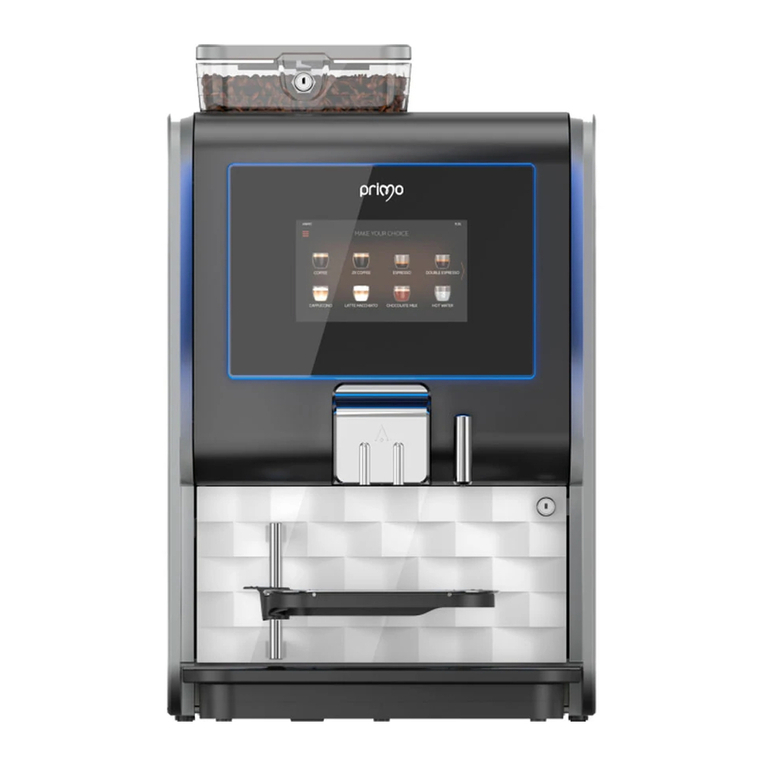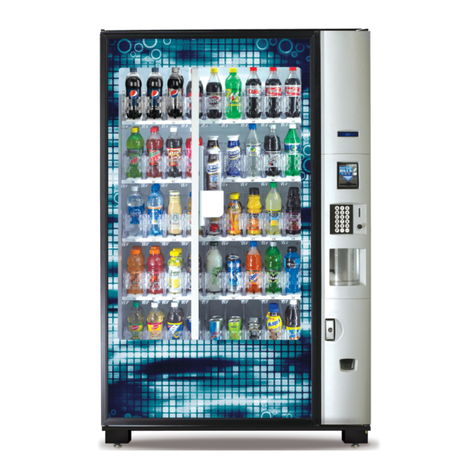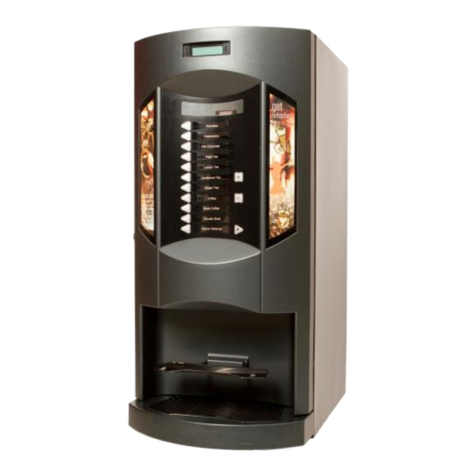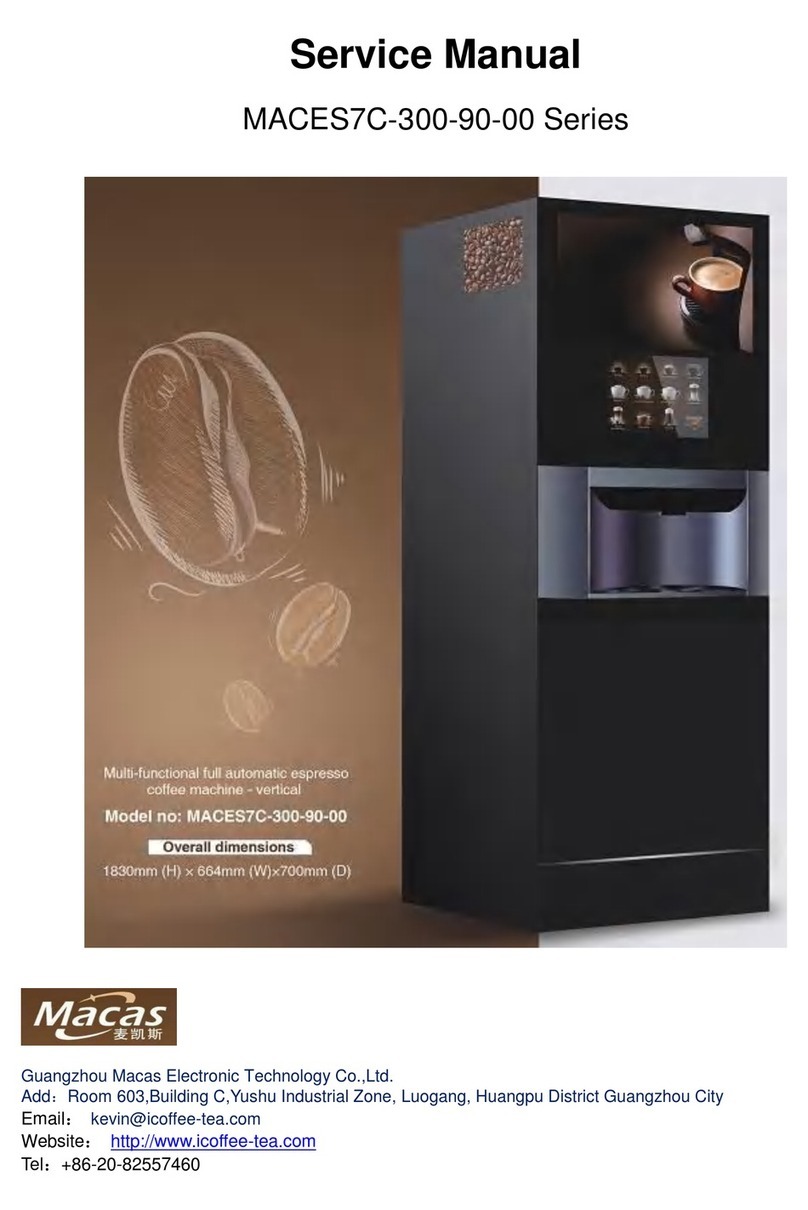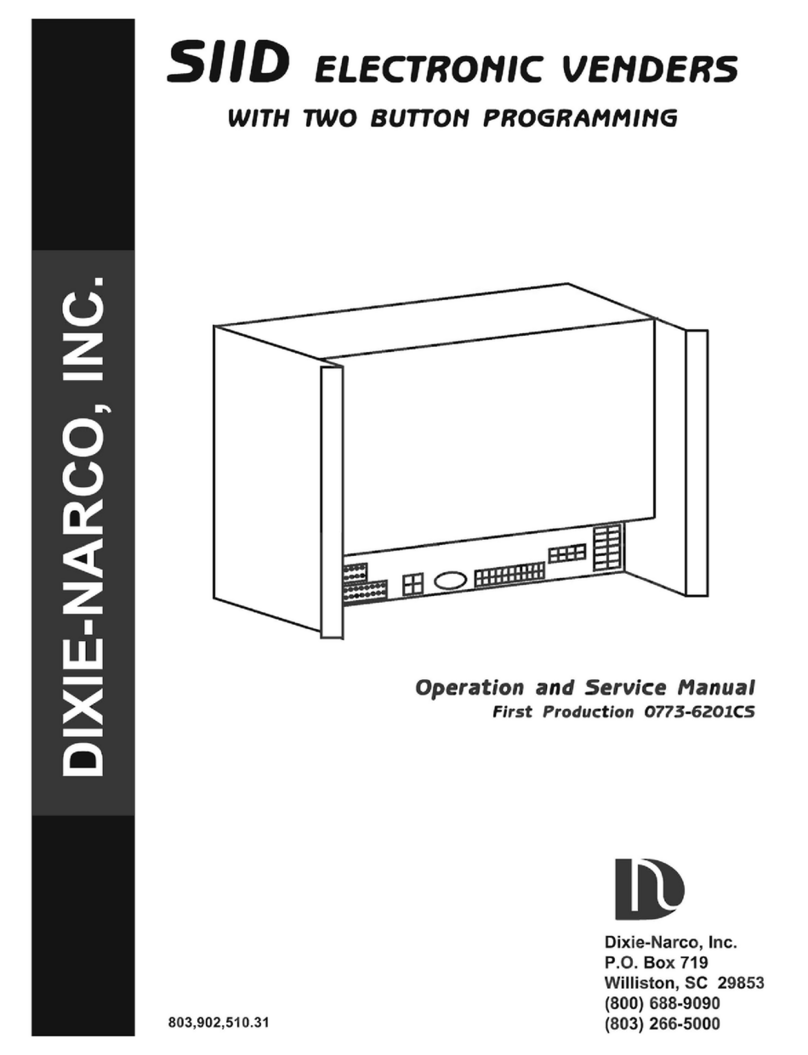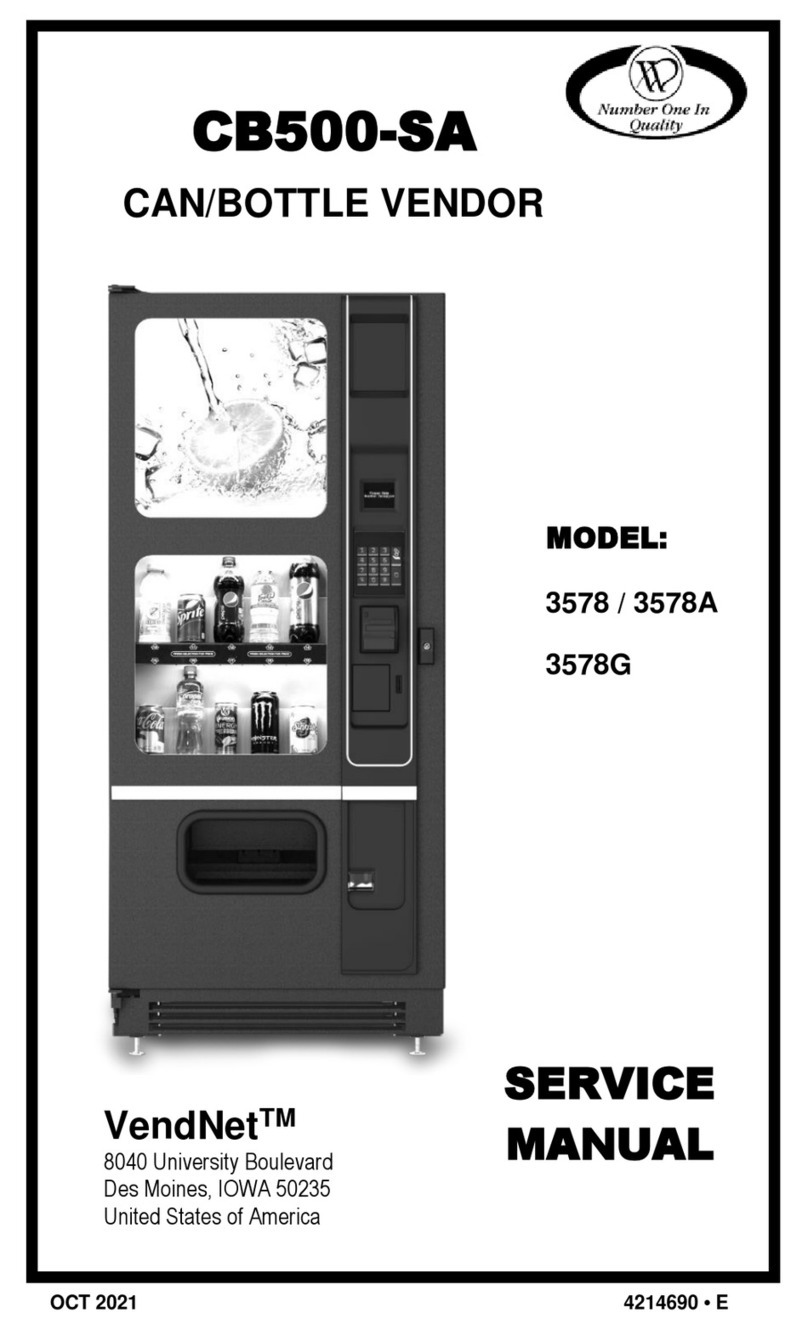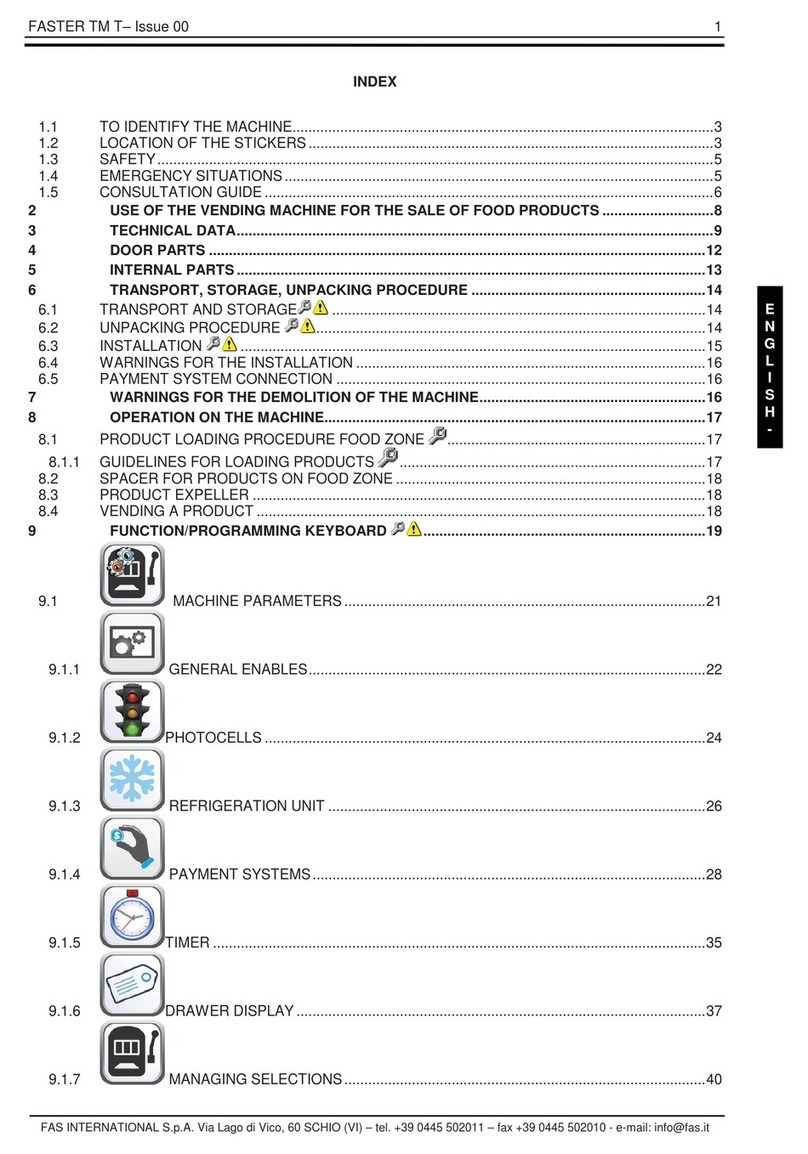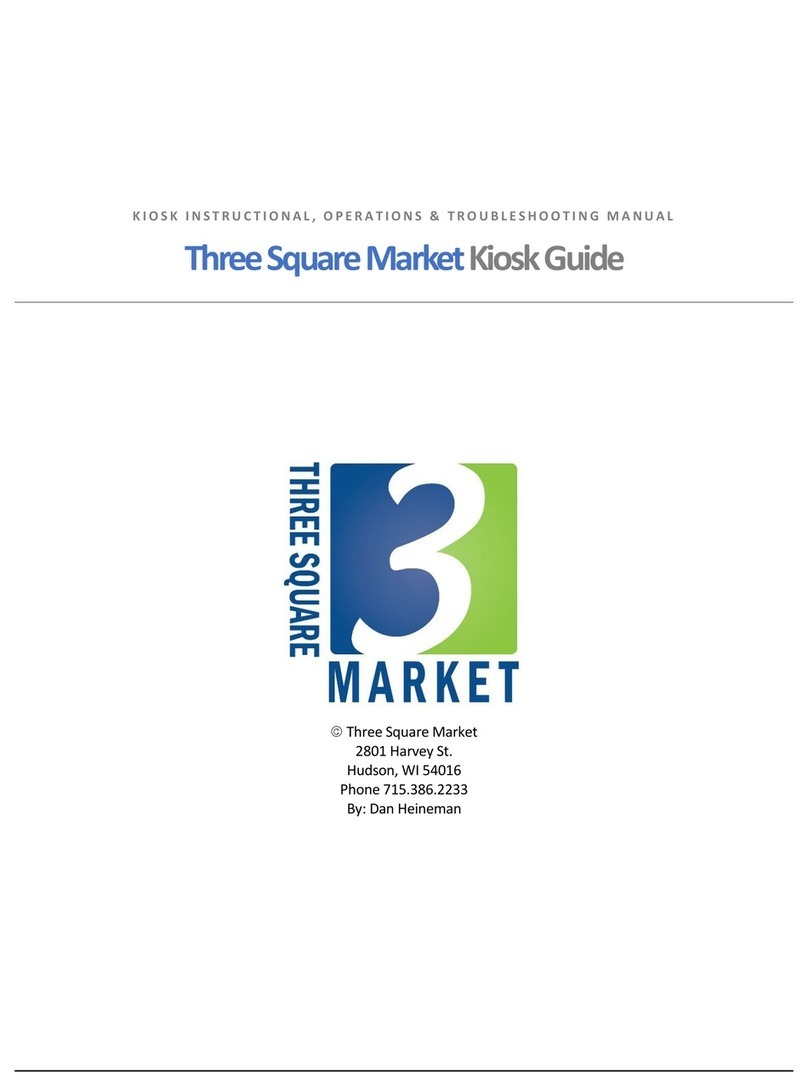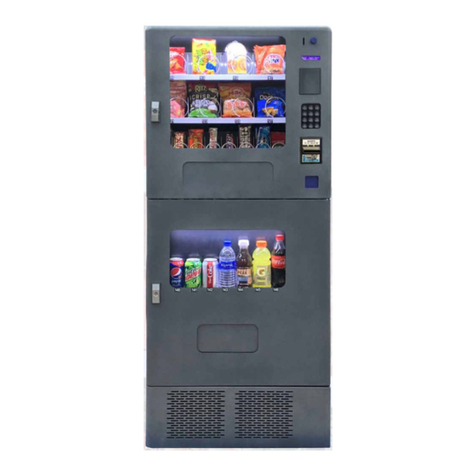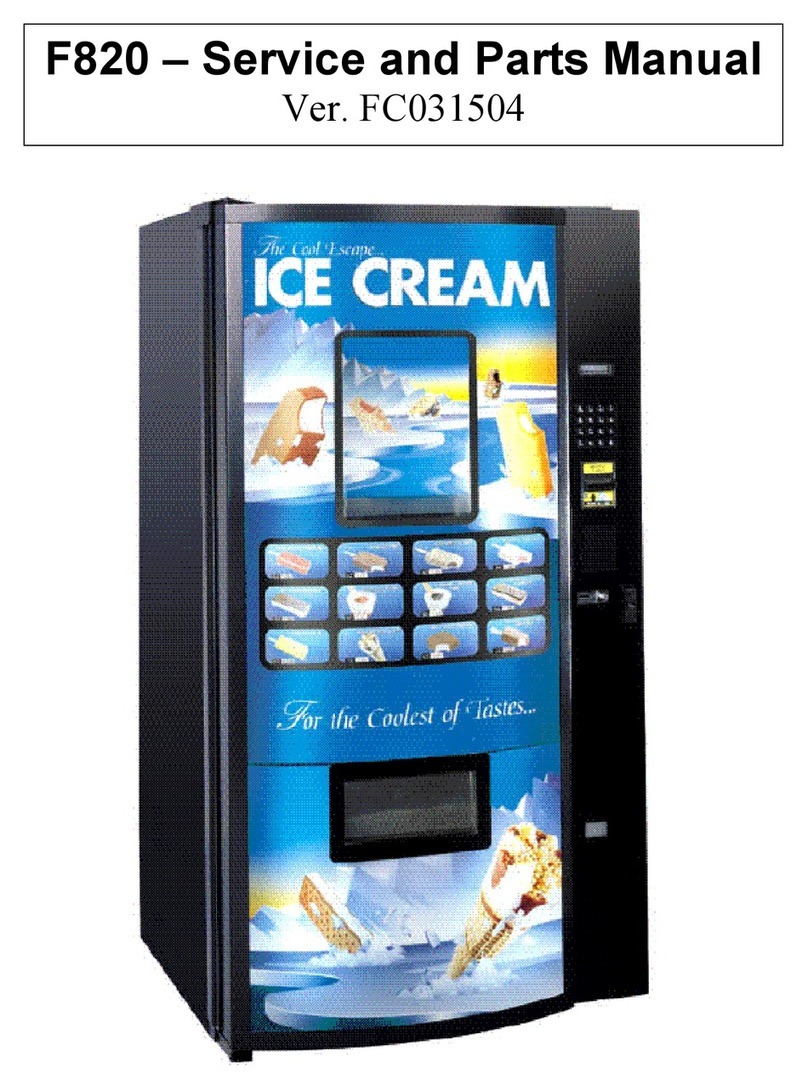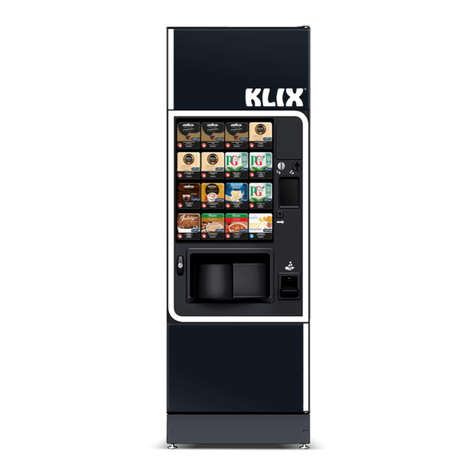Table of Contents
1Safety .............................................................................................................................................................. 4
1.1 Intended use.............................................................................................................................................4
1.2 Improper use.............................................................................................................................................4
1.3 Staff ..........................................................................................................................................................5
1.3.1 Operator ............................................................................................................................................5
1.3.2 User...................................................................................................................................................5
1.3.3 Expert................................................................................................................................................5
1.4 Presentation of warning............................................................................................................................5
1.5 Safety instructions ....................................................................................................................................5
1.5.1 General safety information................................................................................................................ 5
1.5.2 Disclaimer of liability and warranties.................................................................................................6
1.5.3 Safety information to prevent personal injury and equipment damage.............................................6
2Transport and packaging..............................................................................................................................7
2.1 Storage..................................................................................................................................................... 7
3Disposal..........................................................................................................................................................8
4Installation Requirements............................................................................................................................. 9
4.1 Installation Sites........................................................................................................................................9
4.2 Electrical Connections..............................................................................................................................9
4.3 Hydraulical connections............................................................................................................................9
5Installation....................................................................................................................................................10
5.1 Water Connection...................................................................................................................................10
5.2 CO2Connection......................................................................................................................................10
5.3 Connecting Syrup...................................................................................................................................10
6Putting into and out of Operation ..............................................................................................................11
6.1 Putting into Operation.............................................................................................................................11
6.2 Turning on the Unit.................................................................................................................................11
6.3 Purging the Syrup Systems....................................................................................................................12
6.4 Adjusting the Water-to-Syrup Ratio for Post-mix....................................................................................12
6.5 End of Operation (End of dispense-time)...............................................................................................12
6.6 Daily Inspection ......................................................................................................................................12
6.7 Taking out of operation (Vacation, end of season).................................................................................13
7Cleaning and Disinfection Directions........................................................................................................13
7.1 Cleaning Directions ................................................................................................................................13
7.2 Cleaning and Disinfection Procedure before use...................................................................................14
8Problems and Troubleshooting.................................................................................................................. 17
9Technical Data..............................................................................................................................................18
10 Flow Chart.................................................................................................................................................19
11 Circuit Diagram.........................................................................................................................................20
12 Exploded View / Sprengzeichnung.......................................................................................................21
13 Spare Part List / Ersatzteilliste.............................................................................................................. 22
14 Declaration of Conformity.......................................................................................................................23
